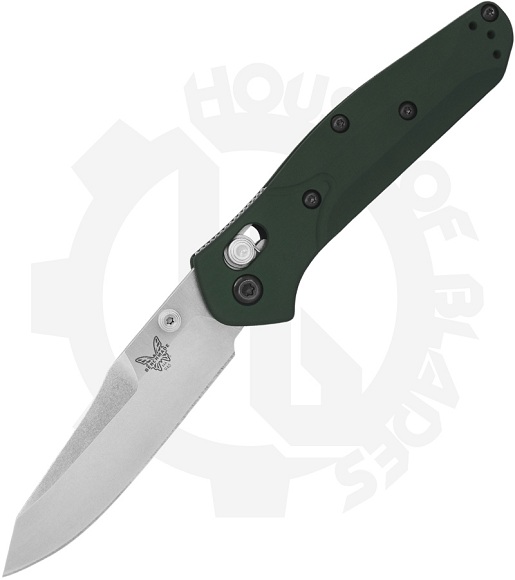Knives have a long history of use as cutting tools. Historically, people used to use knives for hunting and defense. Nowadays, knives have a significant role in the kitchen to cut meat, vegetables, fruits, bread, etc. However, to serve different purposes, there are different types of knives. A chef’s knife is like a pen of a poet. As a chef uses his or her knife for different purposes such as chopping, slicing, dicing, and mincing, the knife has to be very precise, pleasurable, and effortless. Therefore, to pick the right knife for your kitchen, you have to recognize your personal preferences and understand which knife can be suitable to serve your purposes. You should know that there are plenty of knives and depending on your purpose, you can pick the right knife for you. Buying a suitable knife from the knife stores is not something where your job ends, you need to know how to use and maintain your knife for its longevity and better usability. This article helps you to understand what to look for when purchasing a knife and how to take care of your knife.
Identify Preferences and Seek Guidance:
In order to purchase a suitable knife, first, you have to recognize the purposes for which you want to buy a knife. For instance, abread knife is completely different from a chef’s knife or a meat cleaver. Therefore, when you realize what you want from your knife, you can choose the right knife for you. There are various types of knives available in the market such as vegetable cleaver, meat cleaver, boning knife, bread knife, chef’s knife, slicing knife with a pointed tip, slicing knife with a round tip, etc. and each knife serves a unique purpose.

After identifying your purpose, you should recognize your preferences. You can test whether the knife perfectly sits in your hands or not. In order to buy a knife, you can also seek advice from the salespeople. You can also determine the shape, size, and weight of the knife by looking at a variety of knives.
Testing:
In order to test the knives, if possible, you can try the knives to dice an onion, mince parsley, cut carrots into thin pieces, carve a melon, etc. It is always better to test a knife before buying.
Things to Look:
You should always feel comfortable getting a knife in your hand. In order to understand how pleasurable the knife is, you should check several characteristics of the knife such as weight, balance, and size. The perfect weight of a knife helps you cut foods easily. If the knife is perfectly balanced, this will help you grip the knife better. The size of the knife also matters, and you should choose the size depending on the volume of thingsthat you want to cut.
Maintenance:
To keep your knife well-maintained, you need to clean the knife after every use. You should also oil the knife with a lubricant at least after two to three months. You also need to sharpen your knife when it will become dull. A knife should never be heated up. If you can maintain these things, you can significantly enhance the longevity of your knife.